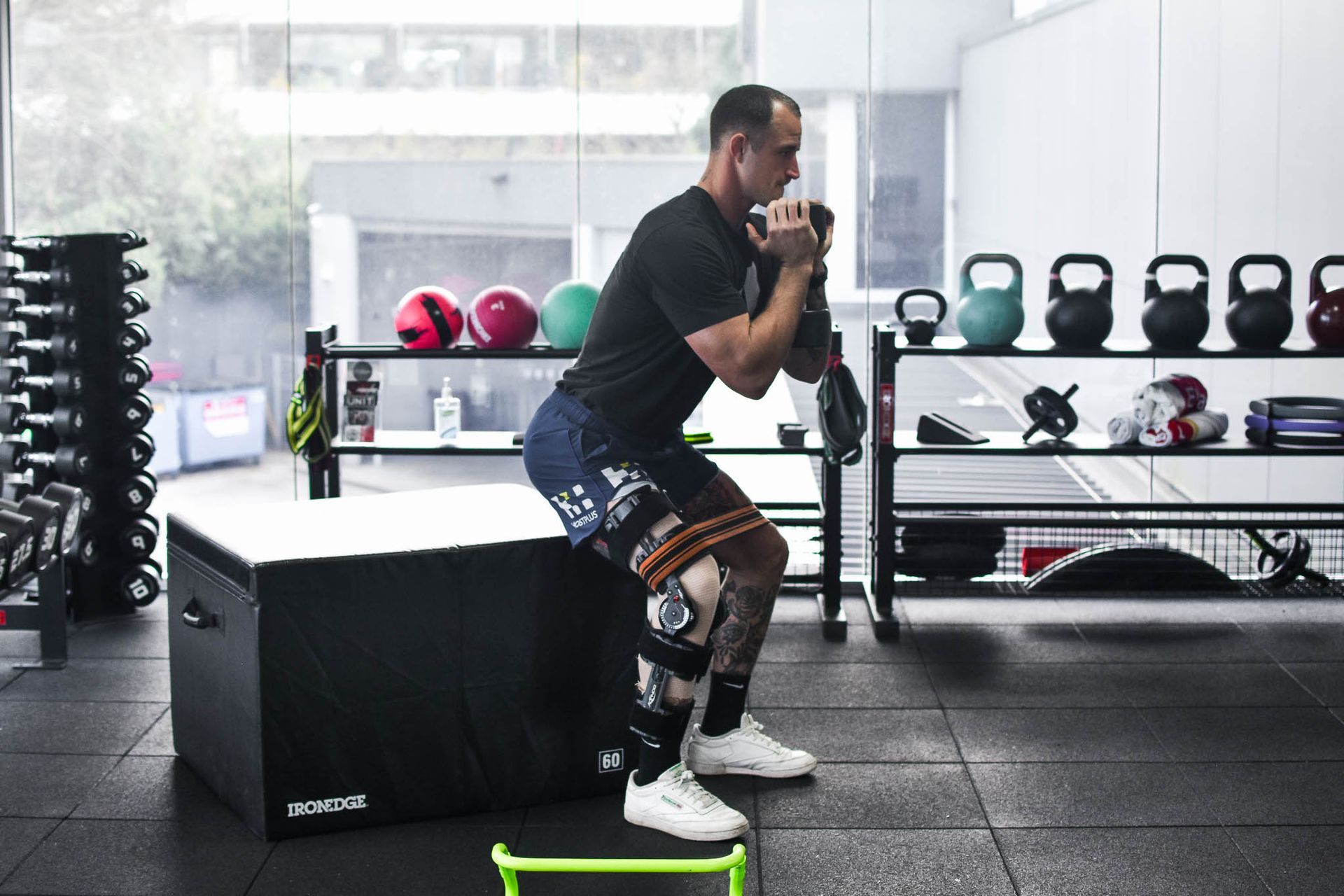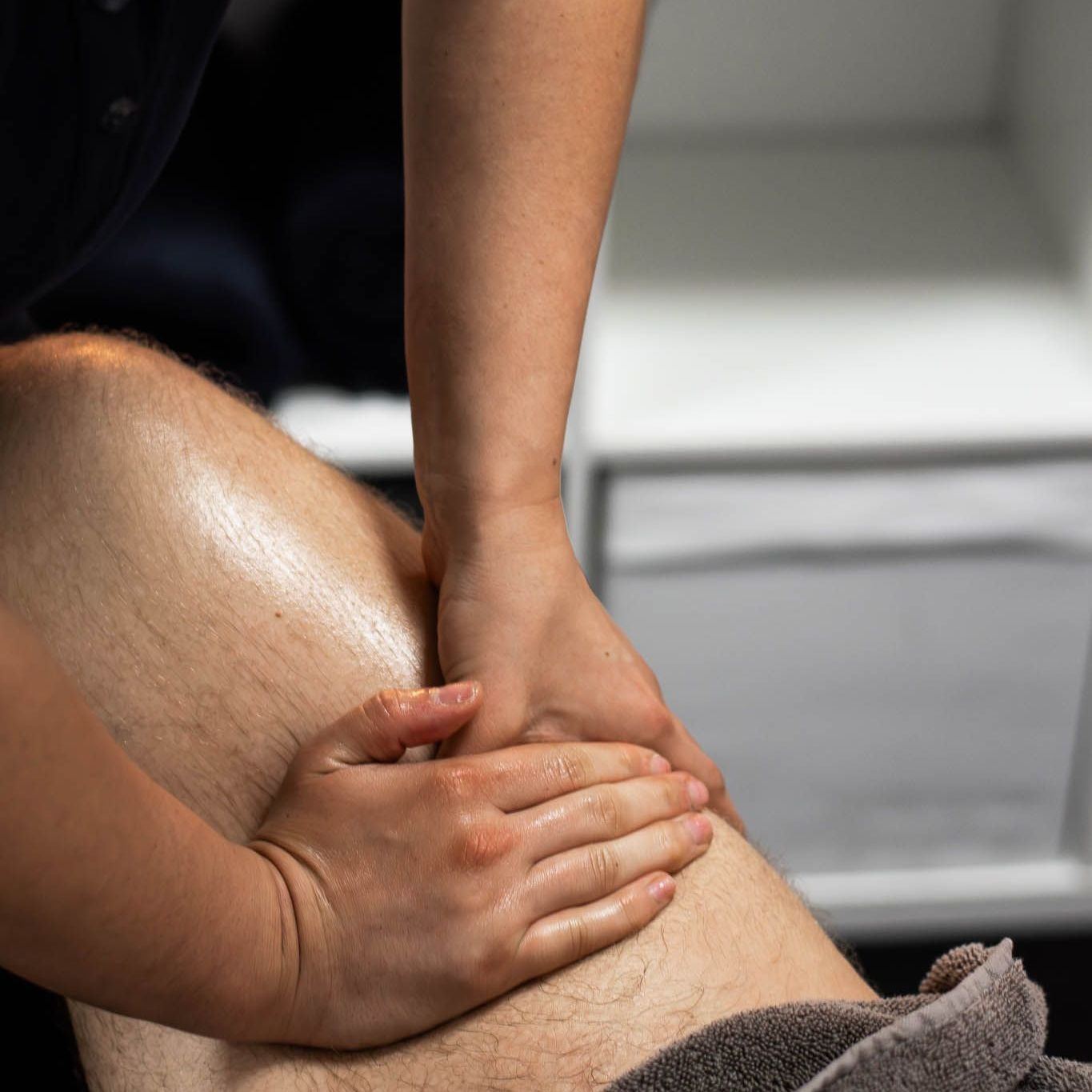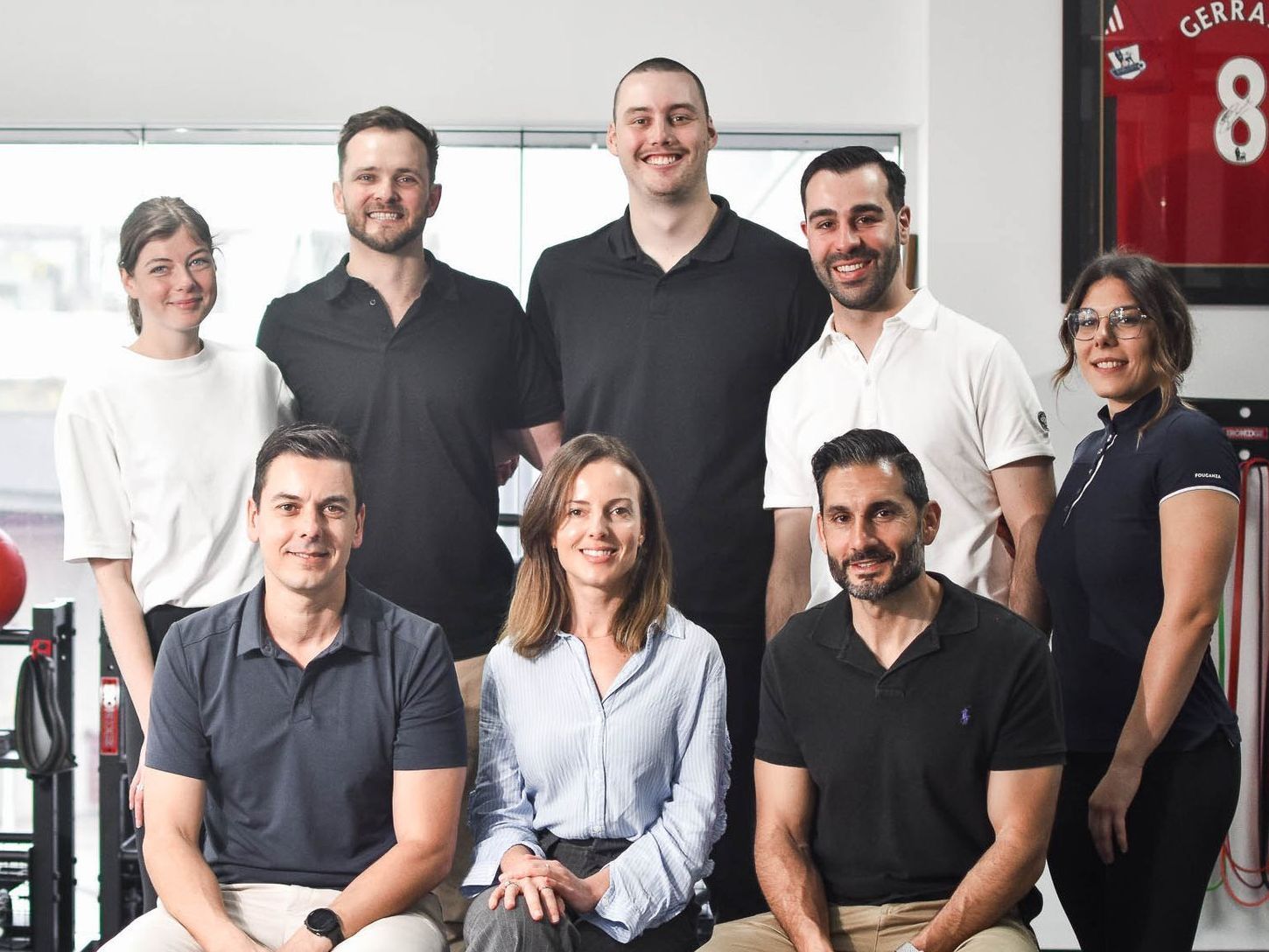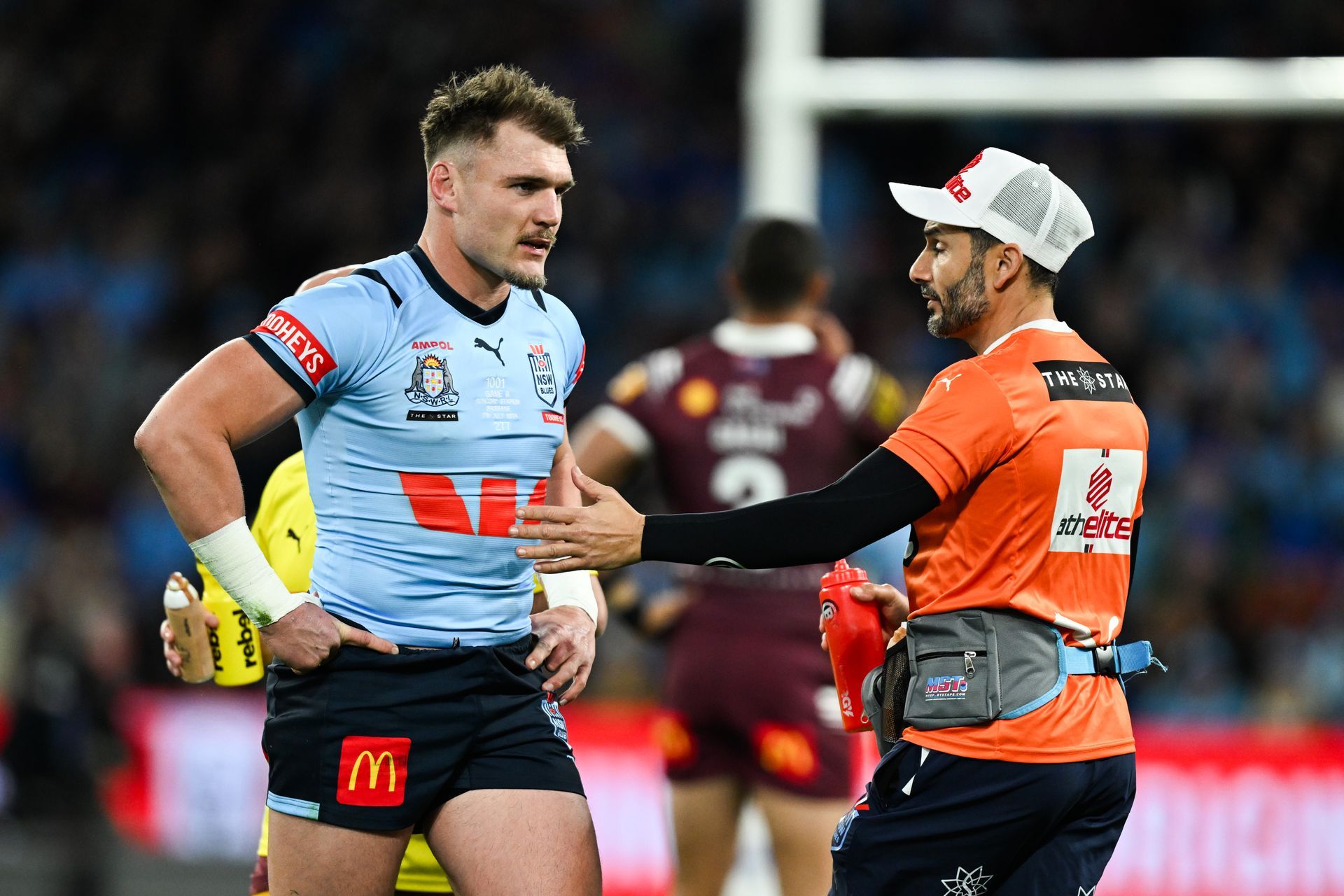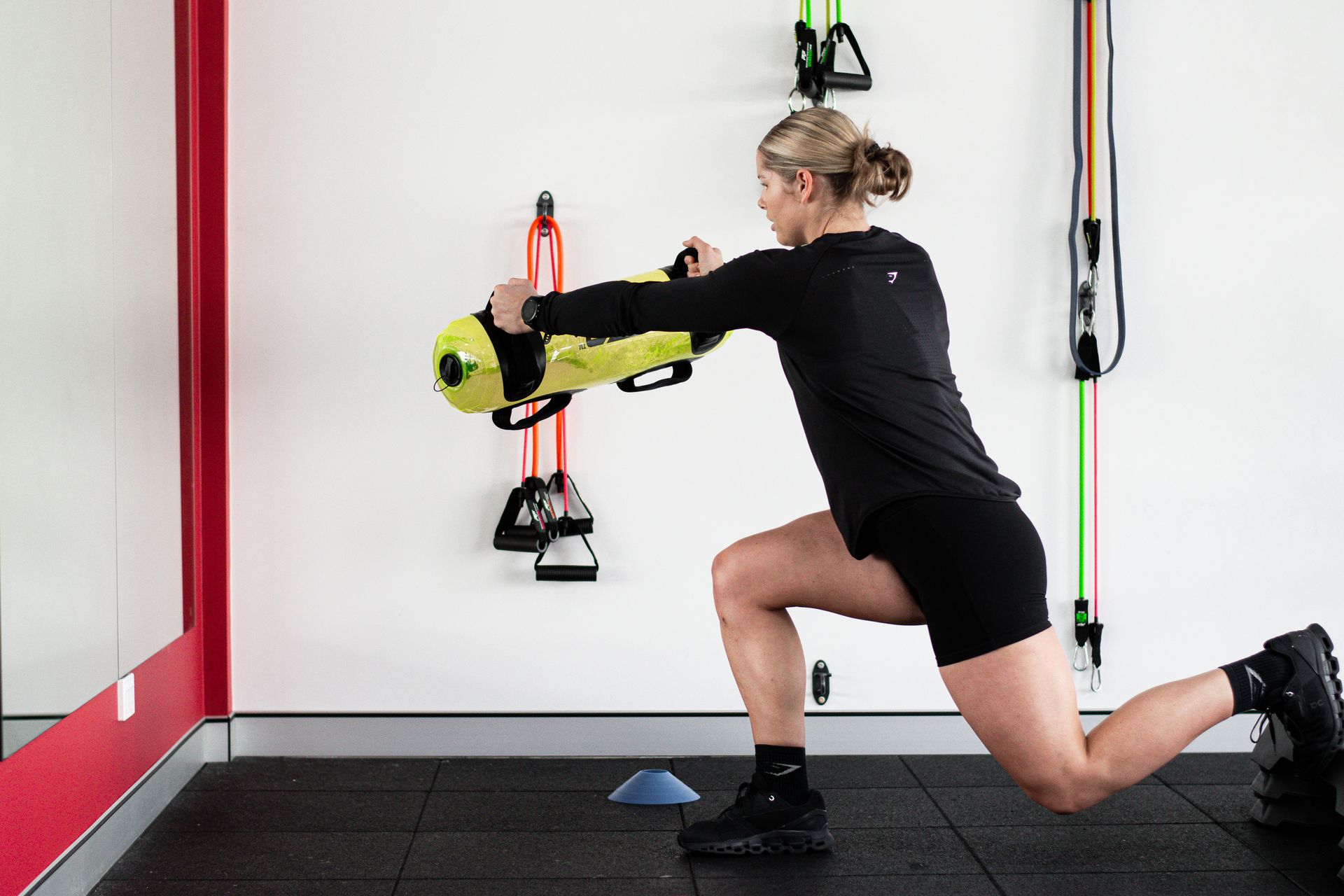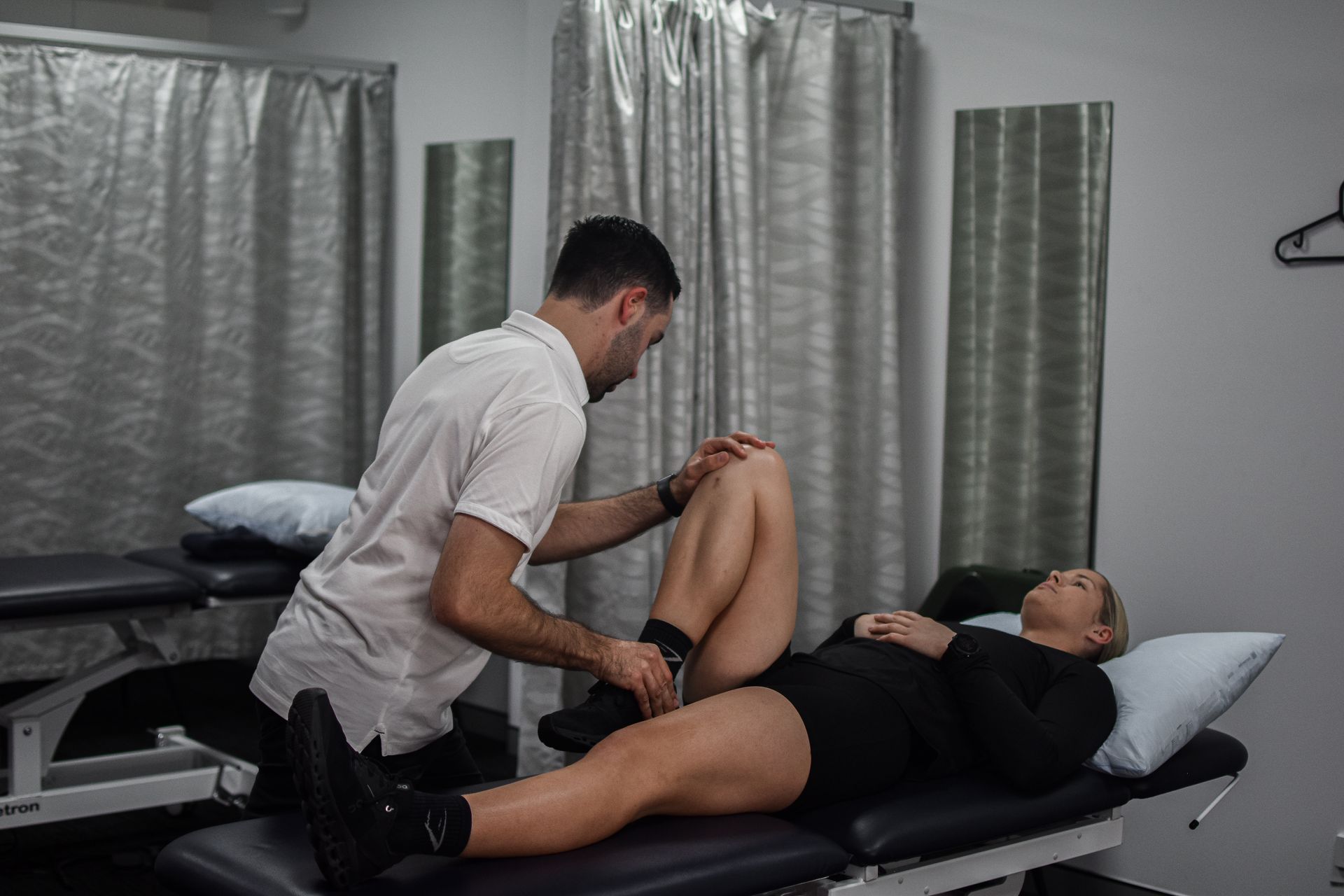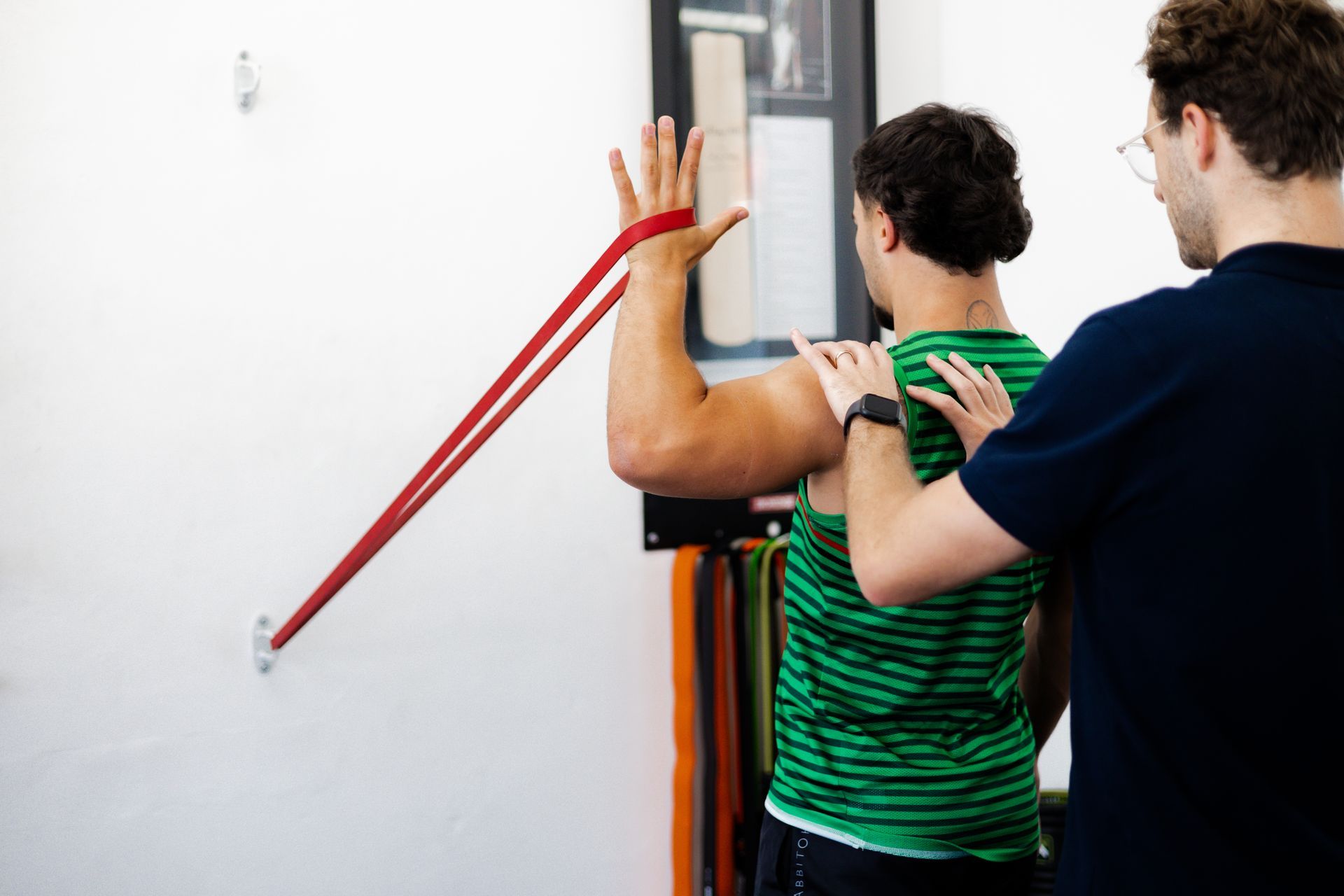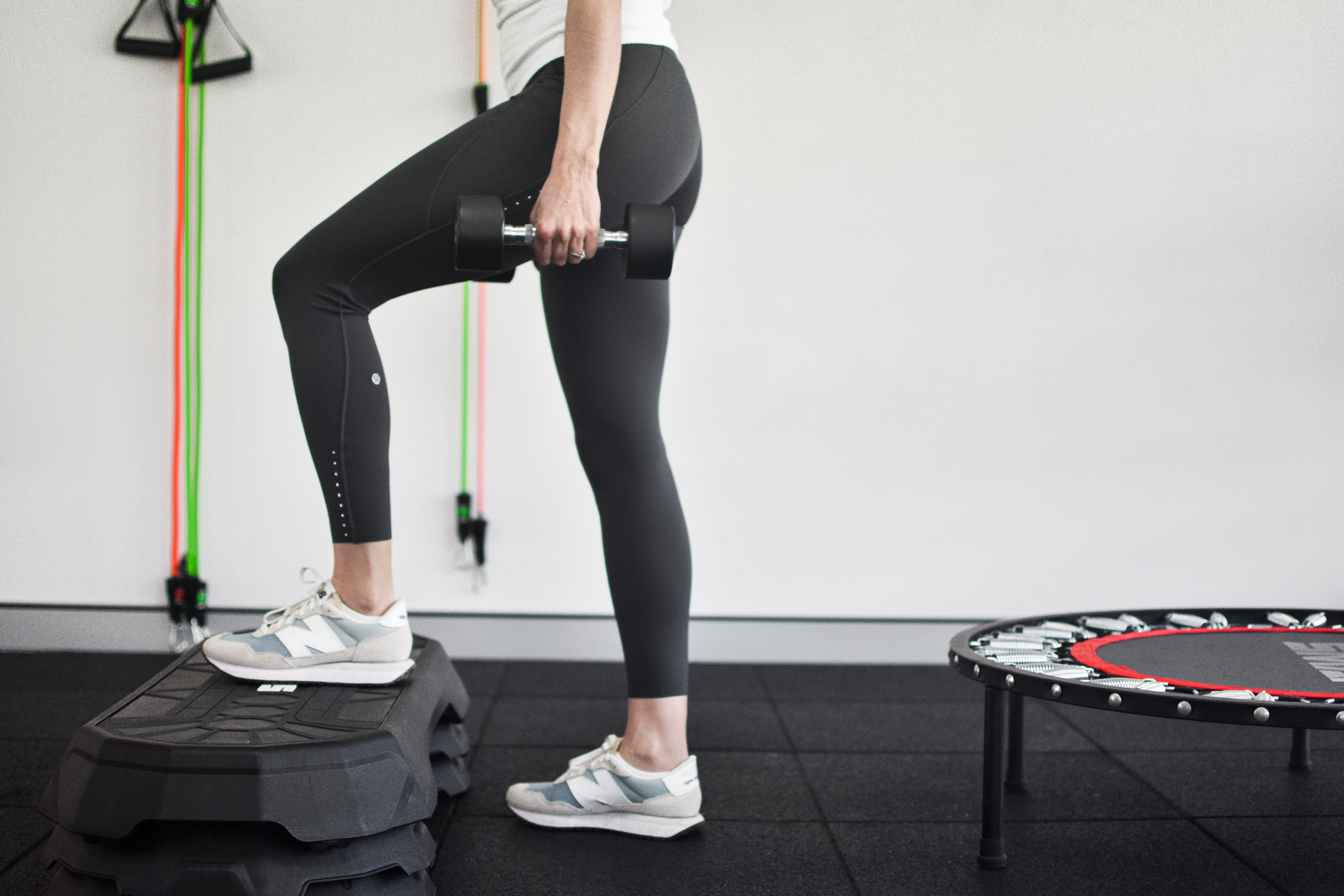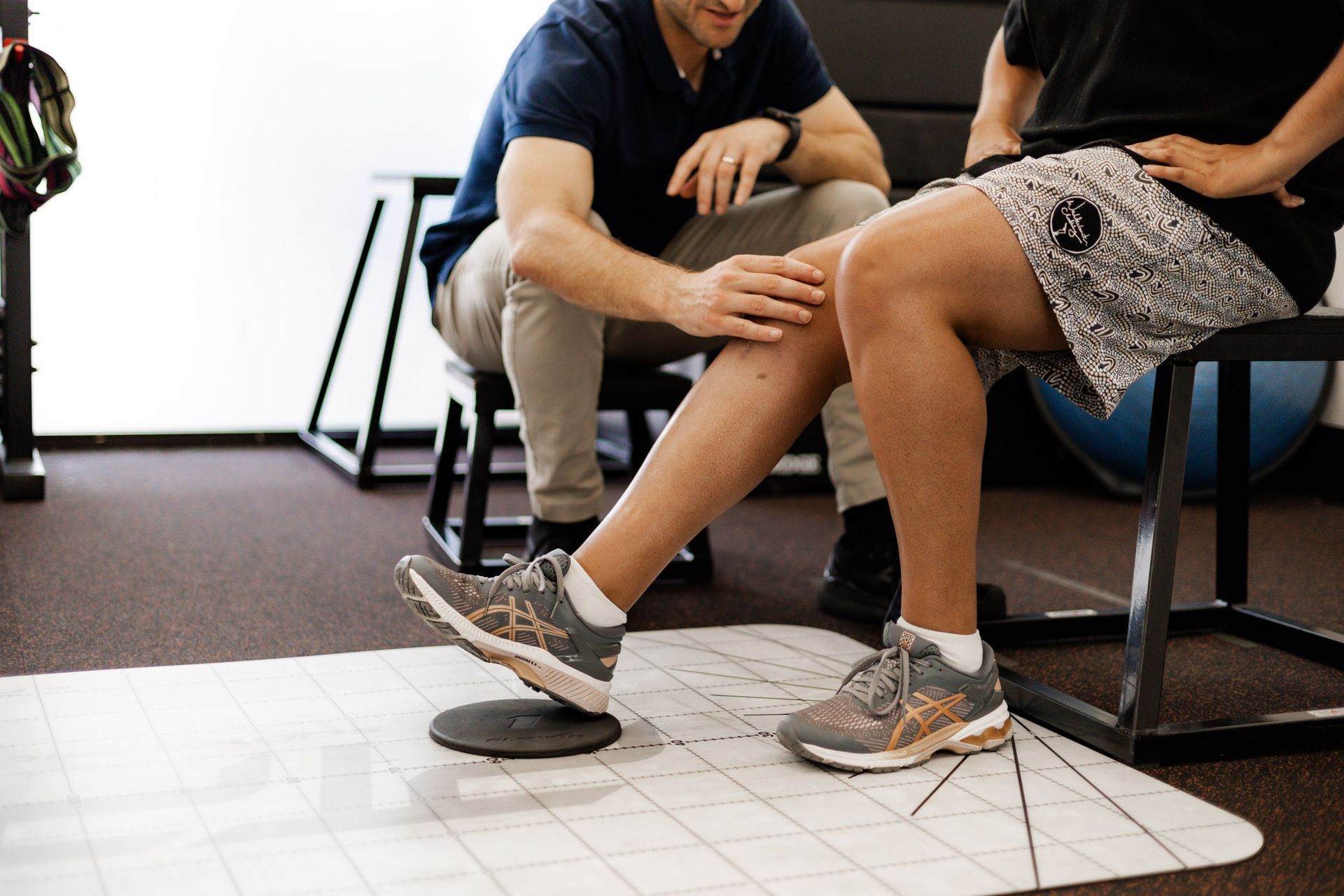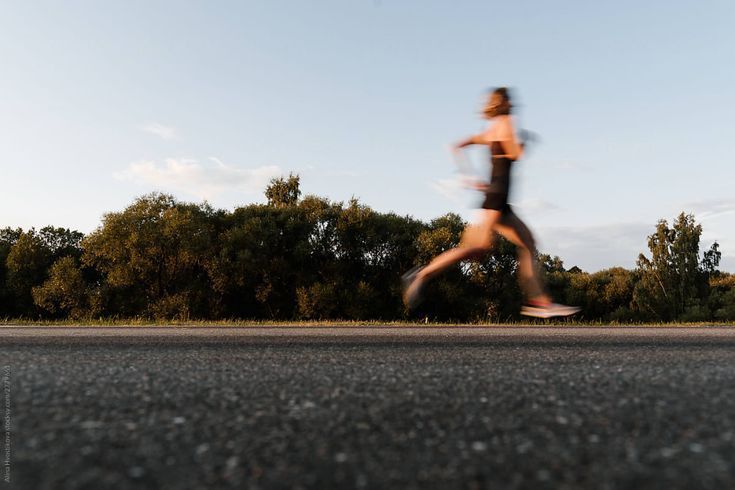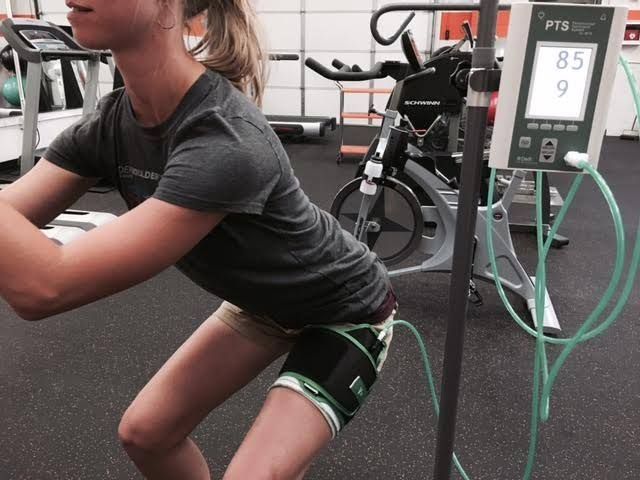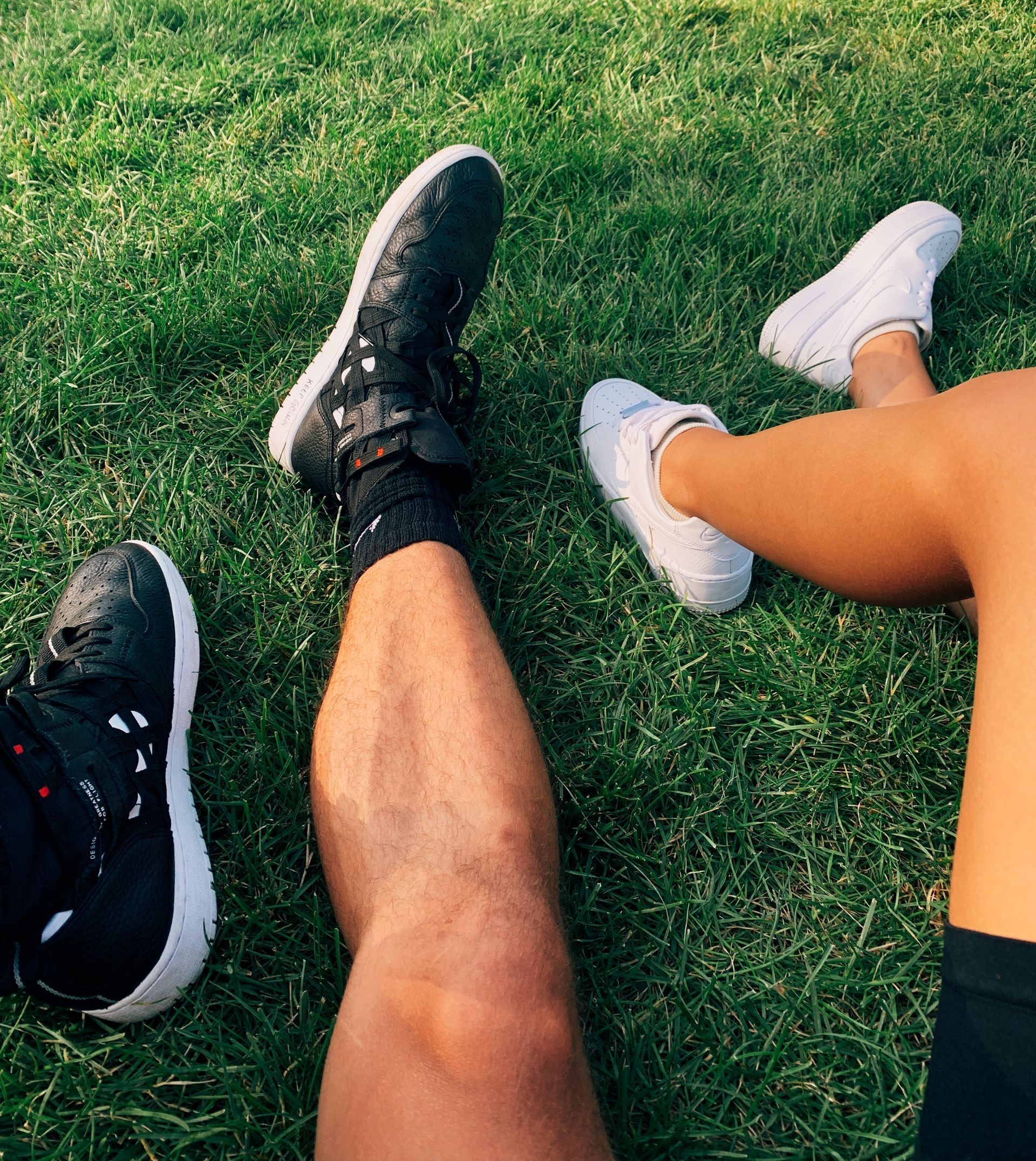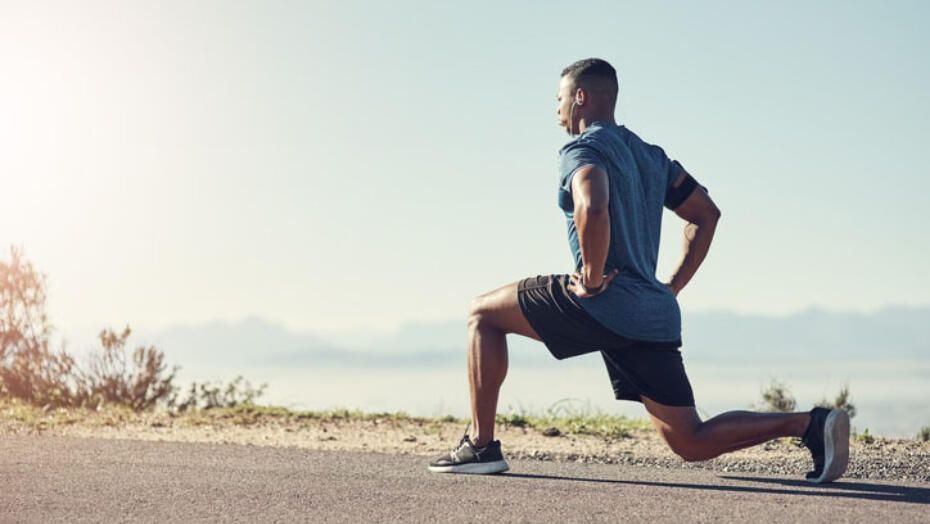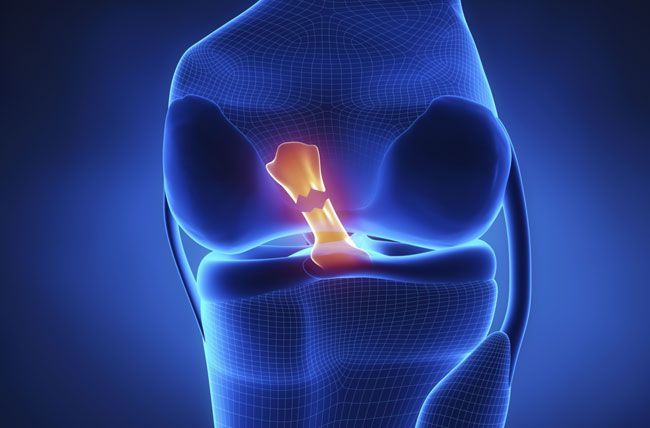I Have Knee Pain. Should I Get A Scan?
I Have Knee Pain – Should I Get A Scan?
A question we are often asked is whether you should get a scan on your knee. Despite there being numerous times where a knee scan can be beneficial to assist with further investigation – is it always required?
An interesting article was published in 2020 which looked at identifying how common it is to display abnormalities in individuals without knee pain. The results are interesting and can help provide some great insight into how/why a scan does not always correlate to pain.
In the study, 230 knees of 115 uninjured and asymptomatic sedentary adults were scanned using a high powered MRI machine. Of this cohort, there were 51 males and 64 females, with a median age of 44 years. All participants had both knees scanned. Two senior musculoskeletal radiologists assessed the scans and graded all intraarticular knee structures using validated scoring systems.
The Results
97% of the knees scanned displayed abnormalities!! (227 of the 230 knees)
This was broken down into the following abnormalities:
33% – Meniscal Tears (Horizontal 23%, Complex 3%, Vertical 2% & Bucket Handle 1%)
57% – Cartilage abnormalities at the patellofemoral joint
48% – Bone Marrow Abnormalities at the patellofemoral joint
19% – Moderate Cartilage lesions and bone marrow oedema
31% – Severe Cartilage lesions and bone marrow oedema
21% – Tendon Lesions (Patella Tendonitis accounted for 11%)
3% – Partial Ligament Tears (ACL Partial Tears accounted for 2%)
So, what does this mean?
You are not your scan! A scan does not always correlate to the pain you are experiencing, and the results have been mirrored in other parts of the body across numerous other research articles. As Physiotherapists, we always aim to listen to your story and your history, assess your biomechanics and functional assessment before we look at your scans.
And even though you will likely have some changes on your scan, this doesn’t mean that you can’t return to full, pain-free function.
If you are unsure of your scan findings, have knee pain or need some further advice – be sure to get in contact with our team at Alexandria Physiotherapy.
Reference:
Horga, L. M., Hirschmann, A. C., Henckel, J., Fotiadou, A., Di Laura, A., Torlasco, C., D’Silva, A., Sharma, S., Moon, J. C., & Hart, A. J. (2020). Prevalence of abnormal findings in 230 knees of asymptomatic adults using 3.0 T MRI. Skeletal radiology, 49(7), 1099–1107.
